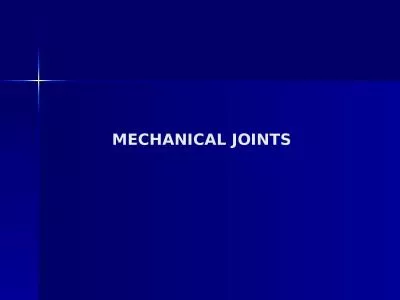PPT-Subsea Bolts Performance and Critical Drill-through Equipment Fastener
Author : ThePerfectFit | Published Date : 2022-08-01
Study Haimei Zheng Lawrence Berkeley National Laboratory Outline Background LBNL bolt research goals Standard review and gap analysis Materials corrosion under
Presentation Embed Code
Download Presentation
Download Presentation The PPT/PDF document "Subsea Bolts Performance and Critical Dr..." is the property of its rightful owner. Permission is granted to download and print the materials on this website for personal, non-commercial use only, and to display it on your personal computer provided you do not modify the materials and that you retain all copyright notices contained in the materials. By downloading content from our website, you accept the terms of this agreement.
Subsea Bolts Performance and Critical Drill-through Equipment Fastener: Transcript
Download Rules Of Document
"Subsea Bolts Performance and Critical Drill-through Equipment Fastener"The content belongs to its owner. You may download and print it for personal use, without modification, and keep all copyright notices. By downloading, you agree to these terms.
Related Documents

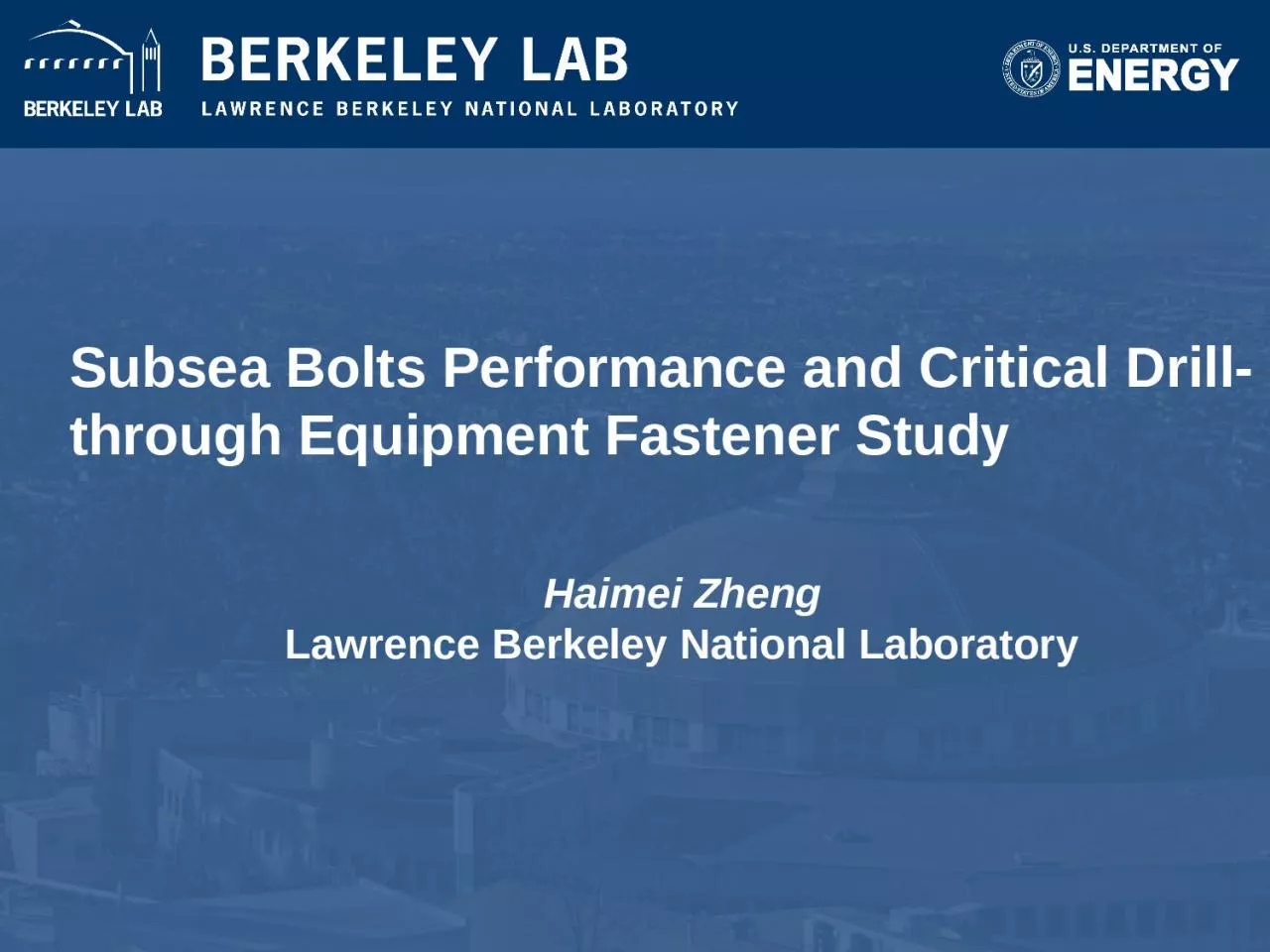


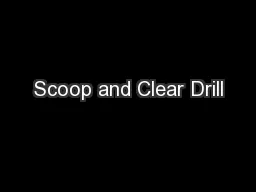
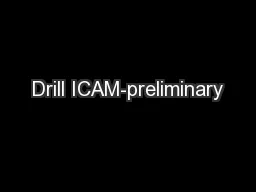
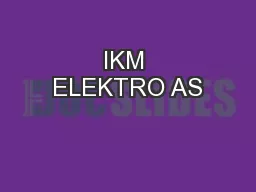
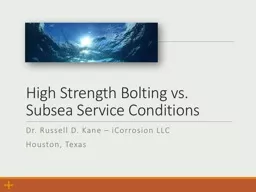
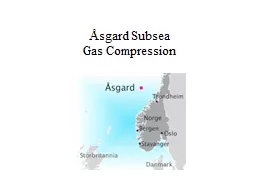
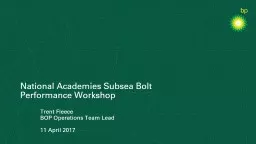
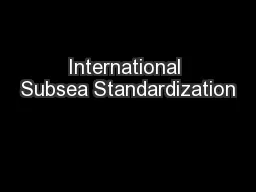
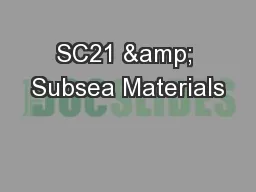
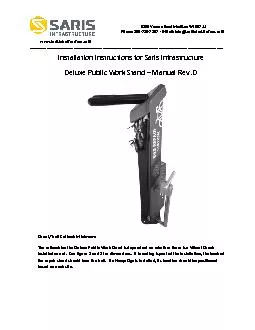
![[EBOOK] - Nuts, Bolts, and More: Fastener Choices (William J. Saunders)](https://thumbs.docslides.com/902183/ebook-nuts-bolts-and-more-fastener-choices-william-j-saunders.jpg)
